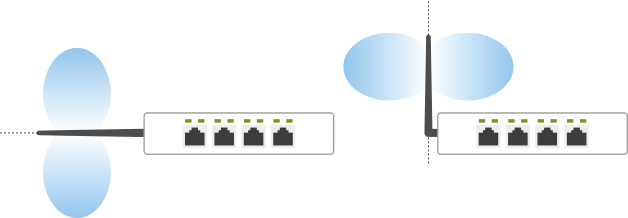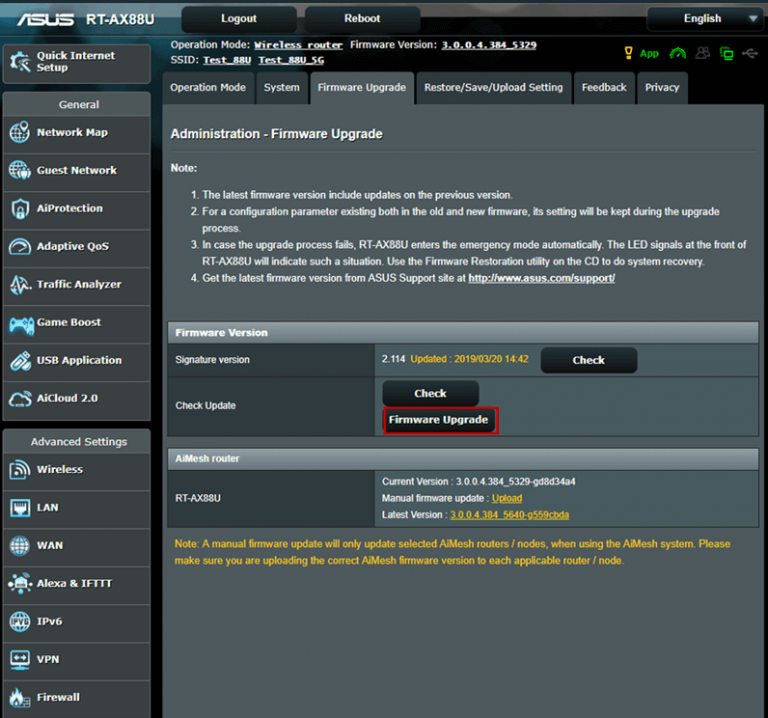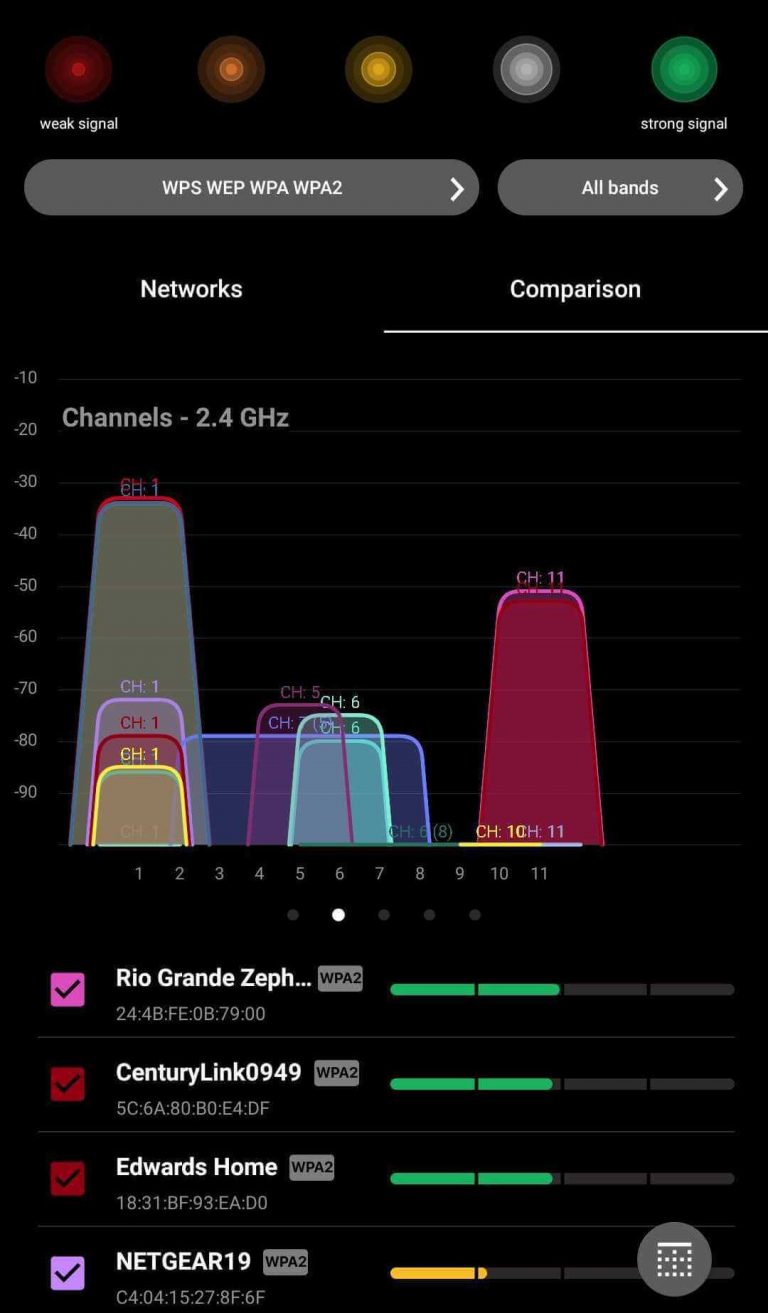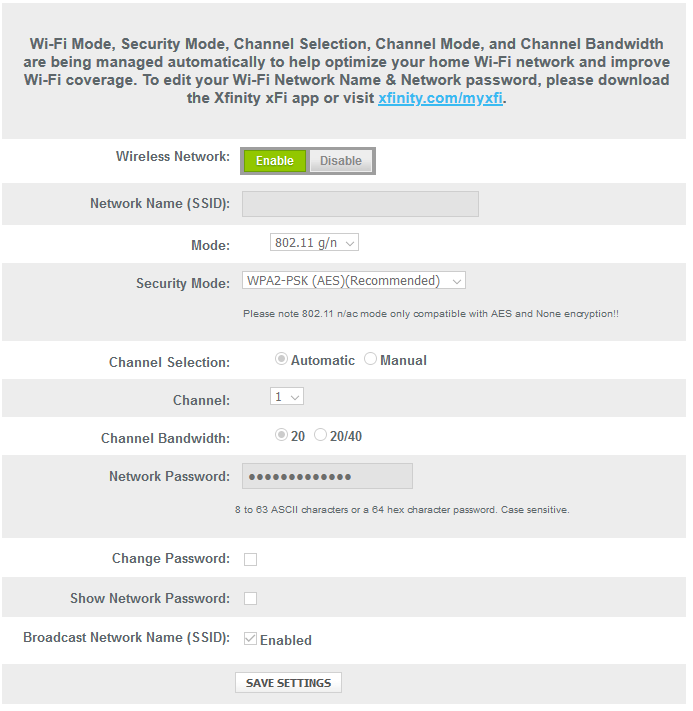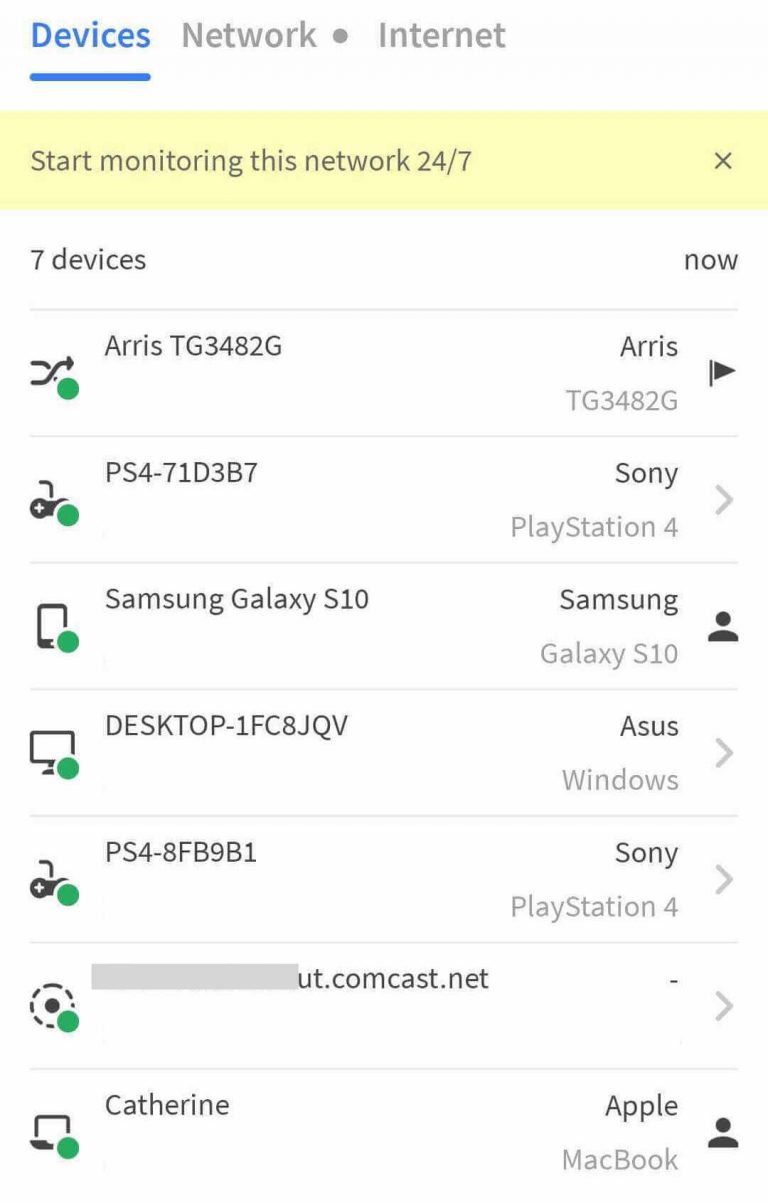We put these steps to the test to create this guide on how to boost your home Wi-Fi signal or extend it across your home. So let’s dig in and see if we can solve your problem. See Your Speed Test Results We recommend taking a speed test while connecting your computer, tablet, or laptop to your router with an Ethernet cable in order to get the most accurate results. But if you can only connect through Wi-Fi, no worries. You’ll still get a good idea of how well your internet speed is performing. Here’s the ideal placement for your router:
Located in the center of your home for the best coverage Surrounded by open air to remove interference and avoid overheating Not located near electronic devices, appliances, or metal objects If possible, placed up high on a shelf or with a mount
A central location for your router is critical if you want to boost your Wi-Fi coverage even in the corners of your home. This might be difficult if you’ve got only one outlet to plug your equipment into. But it’s worth the small hassle of running cables along walls to be able to stream Netflix in your bedroom or set up your home office in the dining room. Your kitchen is home to most of the appliances that will disrupt your home Wi-Fi signal. But other big offenders include washers and dryers, TVs, cordless phones, and some heaters. So avoid setting up your router near any of these devices if possible. Look for studs, too, if your Wi-Fi signal isn’t getting to every nook and cranny in your house. Some homes use metal studs instead of wood, and you should use a stud finder to make sure your router isn’t located next to any. Most modern routers have omnidirectional antennas, so they broadcast a Wi-Fi signal in a direction that’s perpendicular to the antenna itself.
If you live in a single-story home, point your antennas straight up. If you live in a multi-story home, point half of your antennas straight up and the other half of your antennas at an angle or parallel to your floor.
If your router came with internal antennas, all you need to do is make sure you stand it up the way it’s meant to sit. So don’t flip your router on its side if it’s meant to stand tall and proud. Here’s a quick look at how the two Wi-Fi frequencies compare and which one is best for which devices. 2.4 GHz Wi-Fi frequency
Longer range, but slower max speeds than 5 GHz frequency Can be crowded, resulting in lower speeds Best choice for smart home devices, like light bulbs and thermostats, and security cameras
5 GHz Wi-Fi frequency
Faster max speeds, but shorter range than 2.4 GHz frequency Usually less crowded, which lowers interference that can slow Wi-Fi down Best choice for work computers, gaming consoles, and cell phones
If your devices refuse to connect to the right frequency, there might be a workaround. Check out Craig’s tips for switching Wi-Fi frequencies on your smart home devices. Most countries use channels 1, 6, 11, and 14, but chances are your router is set to a default channel, either 1 or 6. If this is the case, your router is competing with other Wi-Fi devices using the same channel, which causes a logjam and pumps the brakes on your Wi-Fi speeds.
Windows: NetSpot free version Mac: Wireless Diagnostics tool iOS: AirPort Utility app Android: NetSpot app Linux: “iw wlan0 scan” command
Once you find the least congested Wi-Fi channel, log into your router’s settings panel and swap to that channel. Heads up: Some routers will automatically select your Wi-Fi channel for you, like my Xfinity xFi Gateway. Even though I can’t select the least congested channel, the router should do that for me. Sure, you might feel like a good neighbor, but if your buddy down the street is re-downloading their entire Steam video game library, you’ll see a slowdown. And you can add security and privacy issues to that slogfest if a stranger is latched onto your Wi-Fi network. You can easily give any unwanted devices or users the boot by changing your Wi-Fi password. That way you’ll need to enter your new password on any device you want connected to Wi-Fi—and unwanted devices and users will be left high and dry. If you’d rather double-check that uninvited guests are using your Wi-Fi before you change your password, you can use apps or your router’s settings interface to see who’s on your Wi-Fi network. The free app we like most is Fing, which works with both Android and iPhone devices. Some routers and internet providers also have device management settings that can identify the devices on your network. Here are some ISP apps and router device management guides we’ve run across:
AT&T Smart Home Manager Google Home and Google Wifi apps Linksys routers Xfinity xFi app My Spectrum App
Check out this guide on how to set up QoS on your router—and don’t tell your partner your laptop is prioritized over theirs. wink A newer router might also come with extras like beamforming and Multiple-User, Multiple-Input, Multiple-Output (MU-MIMO), which improve signal strength and allow more devices to use your Wi-Fi at the same time without diminishing signal quality. We talk more about how beamforming and MU-MIMO can up your Wi-Fi game in our guide to choosing a router. And you can check out our favorite Spectrum and Xfinity Wi-Fi routers, including the TP-Link Archer A20 that comes packed with Wi-Fi enhancing features. When I visited my parents, I was so frustrated by the weak Wi-Fi signal in the guest bedroom that I bought them a TP-Link N300 Wi-Fi extender. Like magic, I could finally stream Netflix without the buffering icon crashing the party. Similarly, a friend bought a NETGEAR Orbi mesh Wi-Fi system to make sure the Wi-Fi signal was strong throughout his two-story house. Both Wi-Fi extenders and mesh Wi-Fi systems are an excellent way to extend the reach of your Wi-Fi. But depending on your situation, one might be a better option than the other. Here’s how they generally compare: Wi-Fi extenders
Cheaper option Repeats your router’s Wi-Fi signal in order to extend the range Inefficiencies could slow down your Wi-Fi speeds Requires you to manually select the extender’s Wi-Fi network if you move around the house
Mesh Wi-Fi networks
More expensive Can replace your old router to create a Wi-Fi network More efficient than extenders Automatically select the strongest Wi-Fi signal as you move around the house
Why? Well, your internet provider advertises a speed for your internet plan, but often we don’t actually get those speeds at home. Thanks to interference and other issues no one can control, you’ll probably see speeds slower than what your ISP advertises. Another reason might be that you have more devices and people using your Wi-Fi network than before. More devices and people require faster internet speeds (or bandwidth). We’ll help you take a look at your internet speed test results in step one and decide if you need more internet speed. And as for maximum speeds, we’ve done the math on over a million speed test results to determine which ISPs are the fastest.

